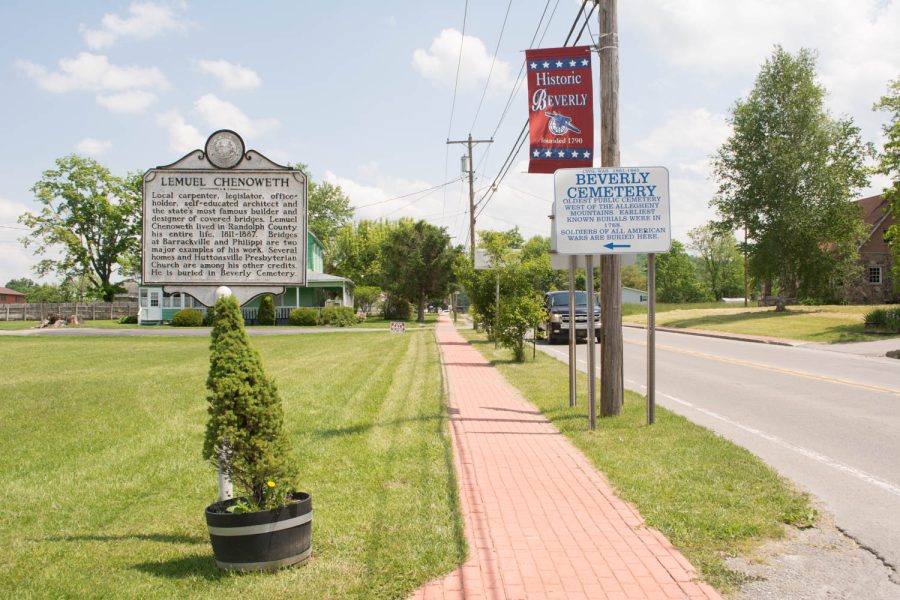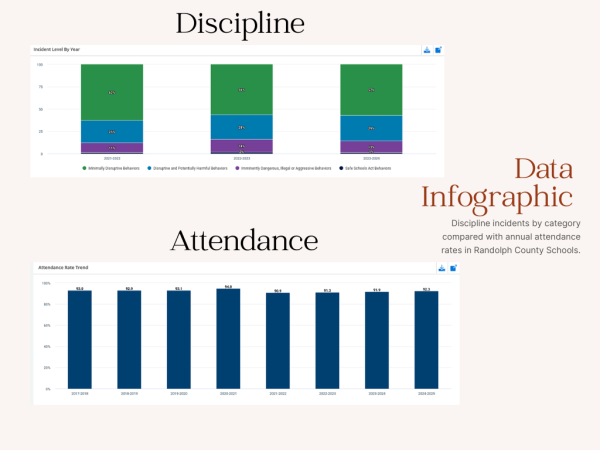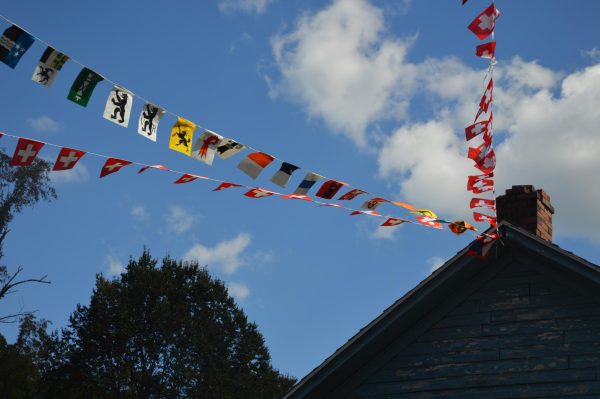Black History in Randolph County
A view of Beverly, WV along U.S. Route 219.
During the early 19th century, African-Americans were enslaved in Randolph County. Slaves were sold, traded, and mistreated as they were not treated as equals. Racist attitudes from white people were on the rise, which led to punishments for people of color also often being very harsh and severe. They were not considered equals which made this treatment considered just and a societal norm. Which was morally wrong, as they were humans too, just of different skin color. This does not justify their cruel treatment, but later in the 1800s, there were glimpses of freedom for them as the times were changing. Slavery was legal in Randolph County until 1863. Before this, there was another way to earn limited freedom. However, colored individuals were not treated as equals.
The first mention of African-Americans locally is from 1788, when a landowner in the region was accused of illegally importing slaves to the state. Twenty years later, the Randolph County Courthouse was built in Beverly. This same court in 1813 was where an enslaved man by the name of Morris was found to be guilty of grand larceny. He was punished by receiving 39 lashes to his back and was burned on his hand in the presence of the court. This instilled fear into people of color and showed how harsh and severe punishment can be from people who have a racist attitude.
Two decades and five years after this event occurred, an African-American petitioned the court system. Lydia Ann was one of the first persons of color to petition the Randolph County Court. She had been born enslaved and was granted freedom, but due to a Virginian Law at the time, for her to become free she needed to leave the state. So she petitioned the court to live as a resident in the county. Ann would need the approval of all nine justices for her to stay. The residency was granted unanimously showing that a person of color and not to mention a woman of color can cause change.
“The population of Beverly during this time was 184 which consisted of 16 slaves and 2 free African-Americans, colored people were of the minority and numbered not many.” Executive Director of the BHC Christopher Taylor stated.
It was not until February 3rd of 1865, two years after West Virginia had become a state due to the civil war, that slavery had officially ended here. Slavery ended in Randolph County 3 months before the Civil War ended, making the county one of the early adopters of abolishment. When slavery was initially abolished, African- Americans had hope. However, their freedoms were significantly limited still as the Jim Crow Laws were passed, which forcefully segregated people of color and whites. These laws had been established as early as 1865 and were not retired until the 1960s. They created separate facilities for the different races, but the facilities for African-Americans were in considerably worse conditions and not up to date.
“Beverly served as a staging and supply point for gathering troops for the Confederacy. This was until Confederate troops were driven out by the Union forces. Beverly was raided several times since then, but the Union held onto it and after 2 years it was admitted to the newly formed Union State of West Virginia.” Executive Director of the BHC Christopher Taylor affirmed.
Segregation was upheld in Plessy v. Ferguson even though it was unconstitutional, however at this time during the case it was interpreted to be constitutional which is wrong. These laws were abolished and made illegal due to the momentum of The Civil Rights movement in the 1960s. The passage of The Civil Rights Act and the movement against segregation made significant progress towards equality. However, more work still needs to be done today as white supremacy and racism still exist among extremists.
There is a deep divide among the nation as a whole on how the country has progressed towards racial equality. In a survey conducted by CNN consisting of more than 10,000 adults on questions relating to racism, enslavement, and whether more needed to be done to achieve equal rights in the United States and if White people benefit from privilege over other races. 75% of Black adults, 64% of Asian Americans, and 59% of Hispanic adults say more needs to be achieved on the issue of racial equality. Meanwhile, only 46% of White adults said that more needs to be done. Also, 58% of Black adults say that most of the nation’s major laws need to be reworked. However, only 18% of White adults agree with this sentiment. These numbers are honestly staggering, to say the least.
These findings are the result of ongoing racial tensions in the nation over voting rights, and the battle of whether critical race theory should be taught in schools. This acknowledges White privilege and America’s history of systemic racism. Work still needs to be done in the fight against racial inequality and injustice.






